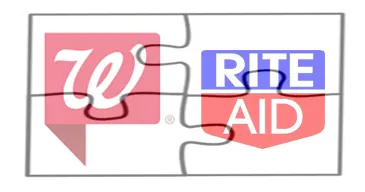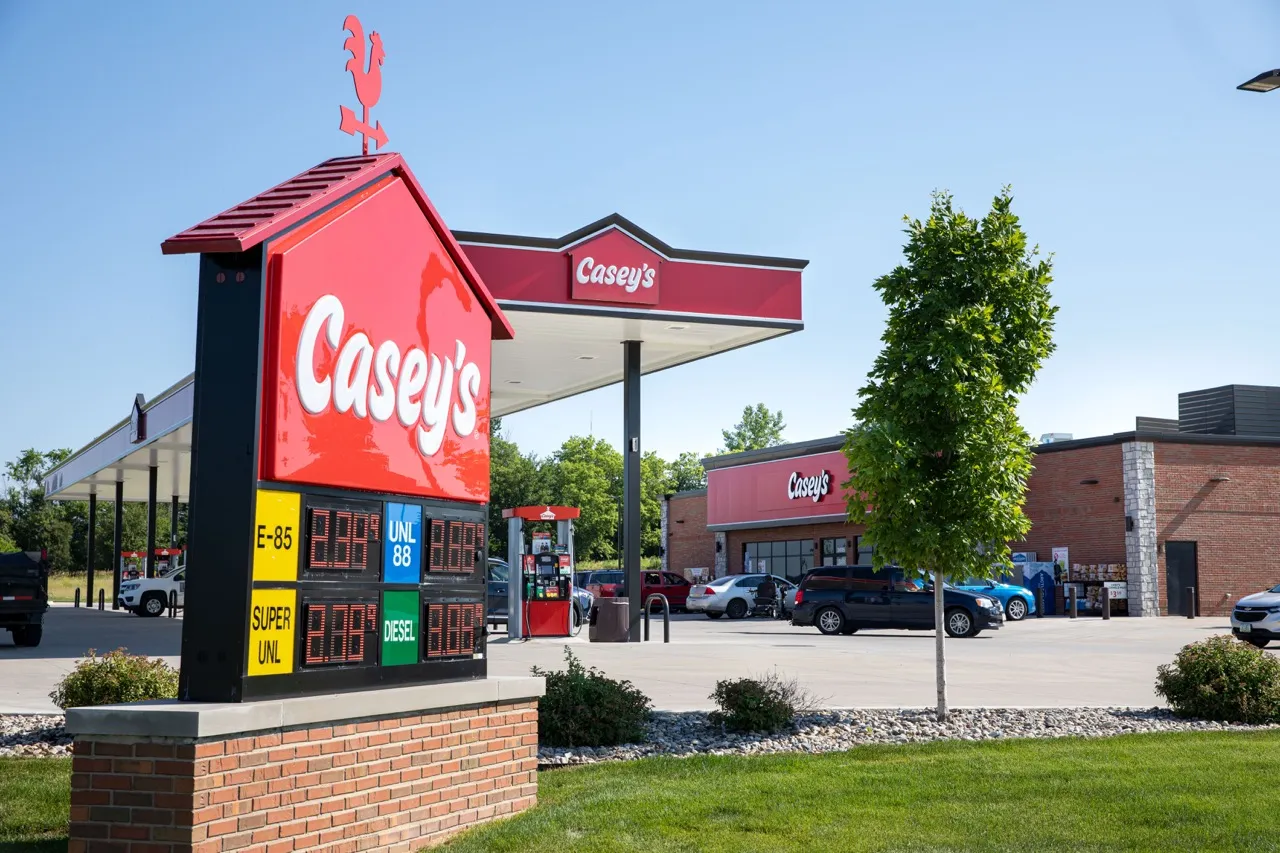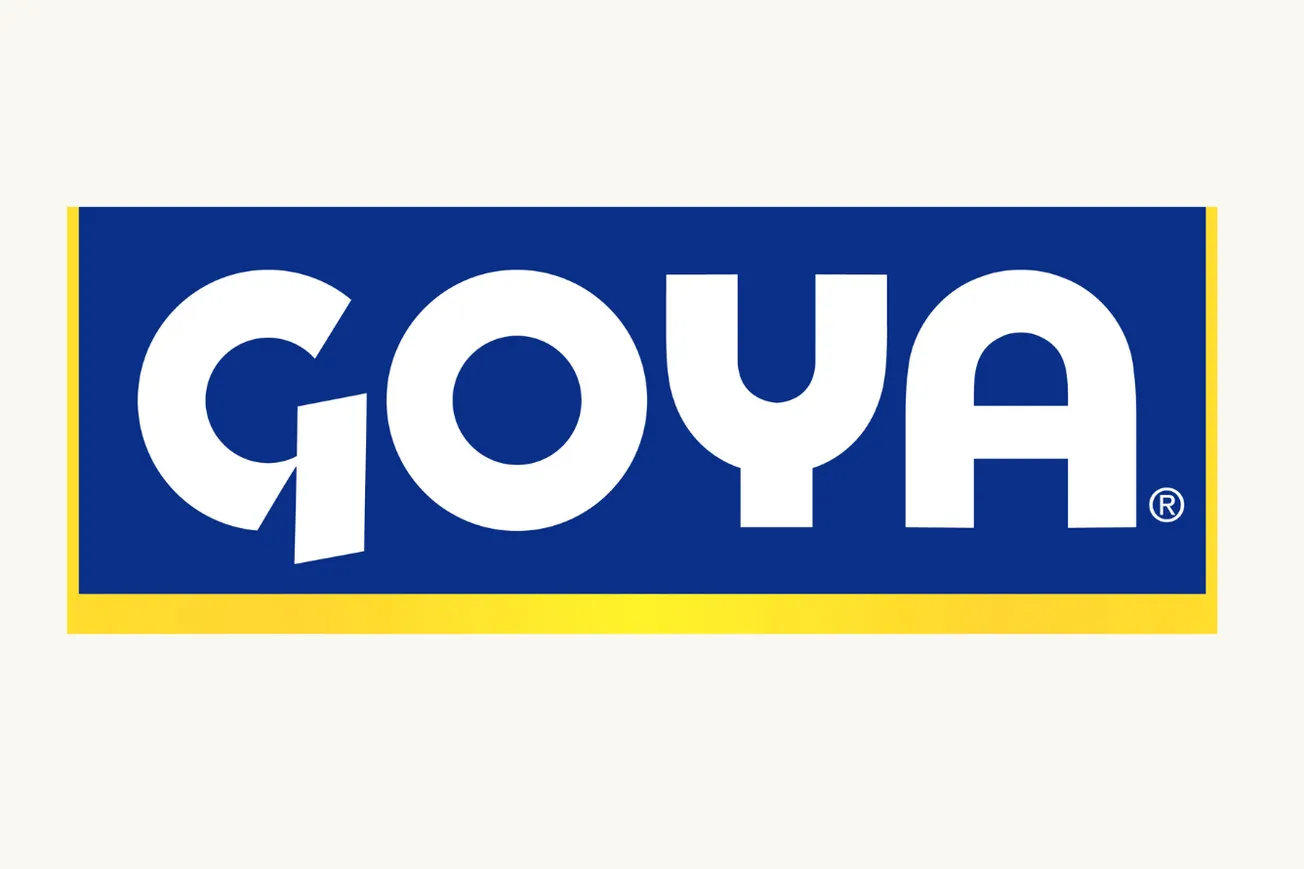The new year is quickly becoming the old year. In other words, 2016 is halfway done. Depending on your point of view, 2016 has thus far been a year of little consequence or momentous happenings. Let’s take the latter view and assume that the current year has been one of serious and lasting change, especially in the chain drug store business.
 New faces have assumed command of many drug chains, and with them have come some new directions. Plans have changed, new acquisitions have been made or contemplated, new prototypes conceived or designed. And new complications threaten to disrupt carefully conceived ideas.
New faces have assumed command of many drug chains, and with them have come some new directions. Plans have changed, new acquisitions have been made or contemplated, new prototypes conceived or designed. And new complications threaten to disrupt carefully conceived ideas.
Perhaps the most stunning changes are those that remain unresolved. For example, Walgreens Boots Alliance’s acquisition of Rite Aid, announced last year, is still awaiting completion — or rather, the government has yet to rule on the number of stores Walgreens will have to divest if the deal is to go forward.
And, of course, that leaves many questions unanswered, such as the size of the new drug chain and its makeup. And the future of the Rite Aid personnel who are suddenly tied to WBA — or not.
But the ultimate outcome of the WBA-Rite Aid tie-up is of small moment compared to the personnel machinations that are even now roiling the chain drug industry. And the uncertainty of those changes. Who, for example, is running Walgreens on a day-to-day basis? Alex Gourlay was, until recently, president of the drug chain. But a recent announcement has confused the issue. Gourlay has been promoted to co-chief operating officer of WBA — but so, too, has Ornella Barra, long viewed as the No. 2 executive at the company.
Now, Gourlay and Barra are equals, but no one is quite sure what that is or what that means. To carry this logic a step further, many of Walgreens’ senior executives are new to the company — and the industry. More confusing still, many long-timers are no longer working for the company.
Which brings up the Rite Aid executives. Of all American drug chains, the Rite Aid story is the most remarkable. Today, the nation’s third-largest drug chain is performing as well as any other — and better than most. Yet it could be history before year’s end — which will mean that some of the smartest people in chain drug retailing will also be out of work. It’s hard to believe that Walgreens has no plans for some of the Rite Aid staffers, but no hard data to this effect has surfaced as yet.
Other developments intercede. The senior ranks of the chain drug industry are changing, as new faces emerge and older ones are diminished. That being the case, the retailing hierarchy within the National Association of Chain Drug Stores is cloudier than it’s been for years. This is particularly true as it relates to conventional drug chains, those retailers that have already contributed generously to the NACDS leadership ranks. In their stead come a group of executives more familiar perhaps with the nuances of grocery retailing than of the chain drug variety.
Will their emergence hurt NACDS? Will it hurt the chain drug community? Will it change the chain drug community? Stay tuned.
Finally, the chain drug industry is itself changing in new and dramatic ways. The traditional chain drug community is disappearing, and is being replaced by retailers without chain drug roots but, rather, with credentials that include, but only incidentally, a prescription drug component. That being the case, the new chairman at NACDS, Martin Otto of H-E-B, comes from a supermarket chain, as did his predecessor, Randy Edeker of Hy-Vee.
Change, in other words, is altering the industry. And it may never again be what it once was.






